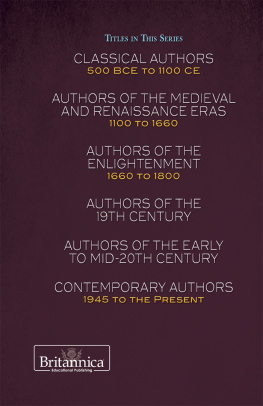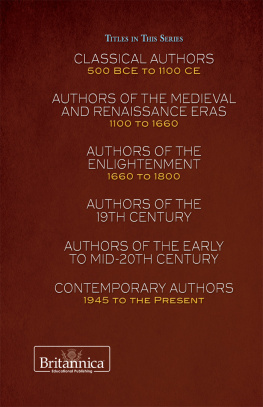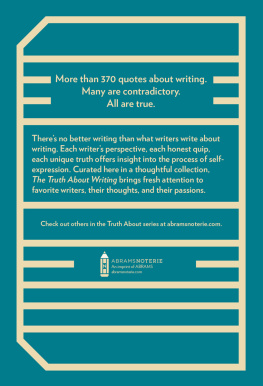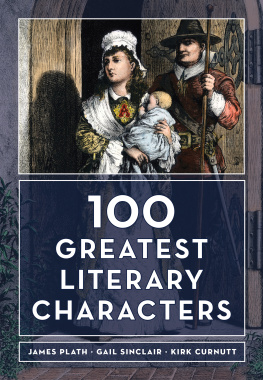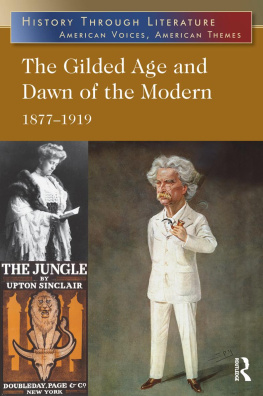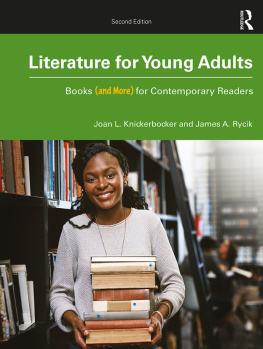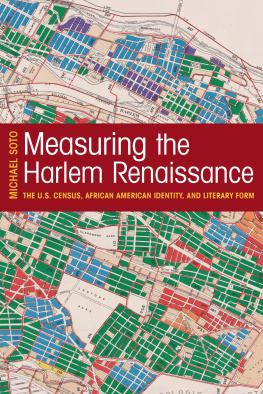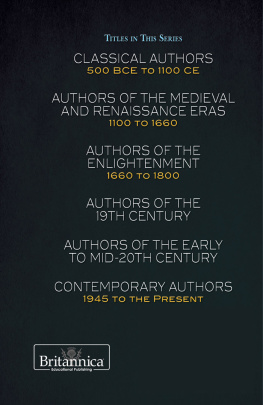

Published in 2014 by Britannica Educational Publishing
(a trademark of Encyclopdia Britannica, Inc.)
in association with Rosen Educational Services, LLC
29 East 21st Street, New York, NY 10010.
Copyright 2014 Encyclopdia Britannica, Inc. Britannica, Encyclopdia Britannica, and the Thistle logo are registered trademarks of Encyclopdia Britannica, Inc. All rights reserved.
Rosen Educational Services materials copyright 2014 Rosen Educational Services, LLC.
All rights reserved.
Distributed exclusively by Rosen Educational Services.
For a listing of additional Britannica Educational Publishing titles, call toll free (800) 237-9932.
First Edition
Britannica Educational Publishing
J.E. Luebering: Director, Core Reference Group
Adam Augustyn: Assistant Manager, Core Reference Group
Marilyn L. Barton: Senior Coordinator, Production Control
Steven Bosco: Director, Editorial Technologies
Lisa S. Braucher: Senior Producer and Data Editor
Jennifer Sale, Product Coordinator
Kathy Nakamura: Manager, Media Acquisition
Rosen Educational Services
Hope Lourie Killcoyne: Executive Editor
Nelson S: Art Director
Cindy Reiman: Photography Manager
Brian Garvey: Designer
Introduction by Joseph Kampff
Library of Congress Cataloging-in-Publication Data
Contemporary authors: 1945 to the present/edited by: Adam Augustyn.First edition.
pages cm
In association with Britannica Educational Publishing, Rosen Educational Services.
Includes bibliographical references and index.
ISBN 978-1-62275-015-3 (eBook)
1. Authors20th centuryBiography. 2. Literature, Modern20th centuryHistory and criticism. 3. AuthorshipHistory20th century. I. Augustyn, Adam, 1979 editor of compilation.
PN451.C623 2013
808.045dc23
[B]
2013002674
Manufactured in the United States of America
On the cover, p. iii: Zadie Smith, one of Britains premier novelists, in New York City, May, 2012. Critics have hailed Smith as a modern-day Charles Dickens. Craig Barritt/Getty Images
CONTENTS

Toni Morrison, 2008 . Francois Guillot/AFP/Getty Images
U nlike earlier periods of literary history such as the Enlightenment, Romanticism, and Modernism, which have established defining characteristics and took place over generally agreed-upon timespans, the period of literary production following World War II and up to today is still developing. While one can state with certainty that Voltaire was a principle figure of the Enlightenment, that William Wordsworth and Samuel Taylor Coleridge set out the basic program of English Romanticism in their Lyrical Ballads, and that James Joyces Ulysses is an exemplary Modernist text, it is with less confidence that one can situate the work of, for example, Toni Morrison in literary history. With contemporary and near-contemporary authors, we do not have the critical distance afforded by the passage of time from which to assess their works. While Toni Morrison is recognized today as one of the most important authors of the late-twentieth centuryshe won the Nobel Prize in Literature in 1993it is impossible to say whether her work will be as highly valued one hundred years from now. Major literary awards often provide some assurance of an authors enduring significance, but they are no guarantee: tastes change frequently and sometimes inexplicably. Then there is the question of placing contemporary authors works within specific contexts.
Perhaps owing to globalization and the development of mass media after World War II, the widely acclaimed authors of this period represent an unprecedented range of nationalities, genres, traditions, and worldviews. Morrison, for example, may be understood as working within (and reworking) such diverse traditions as American slave narrative, politically engaged African American writing, magical realism, Southern Gothic, and postmodernism. While earlier periods in literary history tend to be relatively precise in their geographies and genres, some prominent features of post-1945 literature are its cosmopolitanism and diversity. Contemporary Authors: 1945 to the Present reflects the expansiveness of contemporary literature by providing in-depth and authoritative biographical, contextual, bibliographical, and other critical information on authors from as far afield as Turkey, Japan, and Nigeria, working in a wide variety of genres such as experimental theatre, science fiction, Beat poetry, graphic novels, and childrens literature. This volume is an invaluable asset for students, researchers, and casual readers who want a better understanding of the varied authors of the recent past and today.
One of the first writers profiled in this book is notable for having published only one novel during his lifetime. The American author Ralph Ellison (191494) published Invisible Man in 1952. Since its appearance, Ellisons novel has been enormously influential and well received, winning the prestigious National Book Award in 1953. Ellisons exploration of racial injustice, alienation, labor exploitation, and the effects of social invisibility experienced by marginalized people continues to resonate with many readers today. Ellison studied music at the Tuskegee Normal and Industrial Institute before leaving the American South for New York City in 1936. At the time, New York was a hotbed of African American political and cultural activity, but Ellison was criticized by his fellow black authors for his treatment of his writings as primarily works of art rather than instruments of social change. Regarded as an important innovator of American prose, Ellison taught creative writing and lectured on African-American culture at numerous American universities until his death. His second novel, Juneteenth, was published posthumously in 1999.
Allen Ginsberg (192697) was a major figure of the Beat movement in the United States. The Beats were fascinated by the possibilities they saw in drugs, jazz music, sex, and Zen Buddhism for liberation from conventional American life in the 1950s. Their experimentation and rebelliousness carried over into their literary productions. Ginsbergs father was a poet as well as an English teacher, and his mother suffered from psychological disorders for which she was committed to a psychiatric hospital for a number of years before her death. Ginsberg later treats his relationship with his mother in one of his most important works, Kaddish (a Jewish prayer for the dead), which he published in 1961. Readers will most likely recognize Ginsberg, however, from his long poem Howl, which begins with a powerful evocation of the Beats dissatisfaction with the time:
I saw the best minds of my generation destroyed
by madness, starving hysterical naked, dragging themselves through the negro streets at dawn looking for an angry fix,
While attending Columbia University, Ginsberg met a number of people who would become important figures in the Beat movement, such as Jack Kerouac (192269)whose sprawling novel On the Road is considered probably the most important work of Beat literature.
In novels such as

